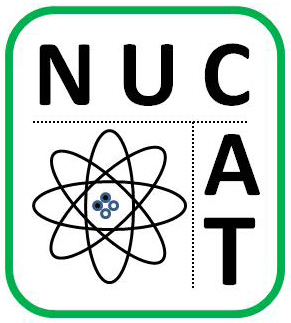Science: The subject of LENR was a legitimate field of scientific inquiry from its origins in 1989, even though it was not viewed as such by many people. It remains a challenging complex of nuclear and atomic physics. Many types, characteristics and reactions of nuclei have been implicated during the experimental study of LENR. There are also many relevant factors at the atomic level, including molecular and solid-state effects. The role of a lattice of atoms is widely recognized, although questions remain about the details, including compositional and structural factors. It is still debated whether LENR occur exclusively on surfaces or also in the interiors of lattices. Similarly, the question of whether there is only one or more mechanisms active to produce LENR and their diverse results is unresolved. In short, the study of LENR remains a very open and challenging field at a basic science level, despite all of the experimental and theoretical work over the past 22 years.
Technology: Even though LENR are not understood conceptually, it is possible that they can be made to do something. Whether or not what can be done based on LENR is useful for anything, including making money, is a separable issue. Once it was shown experimentally that the production of excess power and heat were possible, LENR could be considered a source of thermal energy. Of course, if the produced heat were too little, or the resulting temperatures too low, the source would not be useful. A few experiments during the first 20 years of the field demonstrated the ability to boil water. This has lead to the vision of practical applications, which may be realized in the current time frame.
Engineering: If a new effect might actually be useful, it is necessary to design, fabricate and test prototypes of possible products. The effect has to be both reproducible and controllable. That is, prototype energy sources must be able to be turned on, ramped up, held constant, ramped down and turned off. This is entirely similar to the control widely available for automobile engines. During the past two years, Andrea Rossi has engineered prototype energy sources based on LENR. After their design and fabrication, they have been tested repeatedly in recent months. Many of the descriptions and results of those tests are available on various web sites. The conduct, data and interpretations of the tests are widely discussed now, without any agreement on the most fundamental points. It remains to be seen how the commercial sources being developed by Rossi perform, and if they are reliable for useful periods of time.
Commercialization: The prototypes that Rossi produced and tested are now the basis of products being manufactured. Demonstration of a nominal 1 MW LENR generator occurred on 28 October 2011. It is the first commercial LENR energy source. Over a dozen units have reportedly been sold to an unidentified customer. 5 kW products are anticipated. Please see: http://ecat.com/ A start-up company in Greece, Defkalion Green Technologies, is also offering kW-scale LENR based sources for sale next year: http://www.defkalion-energy.com/files/HyperionSpecsSheetNovember2011.pdf Ambitious plans to produce thousands of such sources annually were announced by Defkalion during 2011. Widespread use of small and distributed LENR energy sources, which are safe and green, free of dangerous immediate radiation and radioactive waste, would have substantial environmental benefits.
Education: If, as planned, many energy sources based on LENR are produced and sold, it will be necessary to educate a workforce in their design, manufacture, installation, maintenance and other functions. This will require knowledgeable managers, engineers, technicians and sales people. Hence, NUCAT Energy is offering commercial short courses on LENR. The first was near Washington DC in October 2011 and the second is planned for the same region in the spring of 2012. A summary of the first course is at: http://www.infinite-energy.com/iemagazine/issue100/nucat.html The company will also provide on-site lectures and courses at places and times specified by customers.

